Xenoblade Chronicles is a title (and by extension, a franchise) that I have never had the pleasure of experiencing. Since its original 2010 release, this Xenogears spin-off franchise has enjoyed numerous sequels and re-releases. The series has grown so much that main characters like Shulk have become regular Super Smash Bros. contenders. Ten years and four mainline entries later, and Nintendo ultimately wants a new generation of gamers to explore Shulk’s origins and retell the tale of how it all began in Xenoblade Chronicles: Definitive Edition.
The great news about Xenoblade Chronicles: Definitive Edition is how it is more than just a remaster and re-release. Surprisingly, it is a full-fledged modern rendition featuring hours of new content, reworked animations, and brand-new worked-from-the-ground-up visuals; effectively reinvigorating the title as a new first-party Nintendo release for the Nintendo Switch.

The entirety of the narrative in Xenoblade Chronicles: Definitive Edition is built upon the remains of two great warring titans known as Mechonis and Bionis. They perished and froze in place when their swords pierced one-another at the same time, sparking a whole new means for life to flourish on their decaying corpses. Humans and many other biological creatures, started life on Bionis, while a murderous mechanical race of Mechon flourished on Mechonis. For aeons, the two people (for lack of a better term) have fought and warred, only for the Mechon to eventually retreat.
Xenoblade Chronicles, like both Xenogears and Xenosaga, starts as a classic tale where a hero rises above all else and saves the day. As such, Xenoblade Chronicles centres on an 18-year-old boy named Shulk and his childhood friend, Reyn. The game starts right as the Mechon start to invade once again and attack Shulk’s home colony. As the attack takes place, Shulk finds he is capable of wielding the Monado, a legendary sword of immense power, without repercussions. Wielding the sword, Shulk manages to push back the Mechon, but not before the colony has suffered extensive losses. This sets Shulk on a path of righteousness as he believes himself to be the only one capable of pushing the Mechon back for good and finally putting an end to the partisan battle once and for all.

As all good Japanese Role-playing games go, however, this initial goal rapidly evolves into a massive journey of self-discovery, reflection and, ultimately, saving the world from more than just the initial Mechon threat. With that said, the game is very decidedly a product of its time, and as such features a very stereotypical story. Thankfully, this familiar trope is dealt with superbly. It eventually unfolds to reveal an enthralling and gripping tale loaded with thoughtful character arcs and in-depth gameplay.
Unlike many JRPGs that released around the same time, Xenoblade Chronicles features a neat balance of open-world exploration and combat. It does bear a few key similarities to other franchises, however. These come by way of a three-character party limit, and active combat reminiscent of Final Fantasy XII’s “active dimension battle” system. Similarly, enemies such as creatures, other humans, mechon, and more can always be seen on the overworld, and will often be found in little pockets or groups. The three-character party also mixes itself up throughout the game’s narrative and will change depending on the characters encountered as well as the presented story beats. This is a pleasant way of keeping things fresh and mixing the gameplay up a tiny bit after multiple hours of gameplay at a time.
Every character comes with their pros and cons. Shulk is the leading character, but a party leader can be assigned at any given time. This means you do not necessarily have to have Shulk in the party (or as a combat opening character), but he will be the only one capable of wielding the Monado, so keep that in mind. Other characters like Reyn feature strong winding attacks meant to take out or incapacitate monsters, while faster characters like Fiora focus their smaller arms on dealing as much critical damage as possible. Every party member features unique automatic attacks, while manual arts require player input from time to time. As the game continues, this input will grow to become a constant — something you will need to get used to quickly on Expert Mode – and is a new addition to the Definitive Edition.

Staying on the move and simultaneously outmanoeuvring the enemy are constant challenges in Xenoblade Chronicles: Definitive Edition. However, there are ‘Arts abilities’ characters can perform that take special advantage when a character is positioned in a certain way. Side attacks, for instance, do extra damage when they hit an enemy from the side, while back attacks do the same from the back. Some characters will have a larger emphasis on these types of attacks than others, but most will always have a combination of them all to ensure you have multiple ways of dealing with opponents.
Similarly, working together as a team is a very essential component in battles. To do so properly, you will need to ensure that characters move in and out of combat; run toward their party members to cast buffs and/or revives when needed, and back into the thick of things, constantly. Balancing aggro is an important part of this system as weaving in and out of battle will be the sole means of survival for some characters, while others become overwhelmed. Combat in Xenoblade Chronicles: Definitive Edition is an engrossing aspect of the game. It keeps you on your toes at pretty much all times; and when done correctly can mean exponentially easier engagements later on.

Apart from an incredibly in-depth combat system, the game also offers a variety of other ways to keep you engaged when out of combat. This includes crafting, a plethora of quick-time events, and managing character relationships! Relationships in Xenoblade Chronicles: Definitive Edition is a vital aspect of the gameplay. However, the true beauty of this system lies in how it affects the narrative. Some characters will have history between one another, and you can bear witness to how relationships play out throughout the game. To improve relationships between characters, you need to accept quests with the characters in the same party; land quick time events and chain attacks in combat; exchange gifts, and participate in unique little cutscenes called Heart-to-Heart scenes that are scattered throughout the game’s open world.
Heart-to-Heart scenes are beautiful cutscenes that sometimes culminate in a bit of narrative branching and player choice. These will usually reward you with the occasional Affinity Coin, which can be used to apply skills from one person’s skill tree to another. Affinity Coins can be very useful for characters who specialise too much in one way of play and you need a bit of a reprieve from managing the others to compliment them. Likewise, strong relationships also result in more productive crafting and a buttload of unique — albeit very cheesy at times – dialogue that will ensure your heart becomes all warm and fuzzy inside.

Apart from combat, exploration and an emphasis on relationships, the game always ensures you have something to do. Every major region you travel across will have a seemingly endless number of quests. Most of the time these quests are nothing more than quick hunts or fetch quests. Every so often, however, you will come across a full-fledged side quest spanning a good hour or two. These serves as beautiful ways for some characters to interact with one another and also pushes the narrative in ways you would not necessarily expect.
A facet of the title I particularly love is how everything, except for the combat, relies on an ever-evolving and dynamic world. Non-playable characters govern normal lives with schedules. Certain side quests only become available at specific times, while some characters can be skipped completely if you happen to look the other way while in a specific region. I appreciate this aspect of the game immensely, since very few titles rely on active player engagement in this regard. There is a constantly ticking clock in the game, and certain things rely on it as much as you would expect real-life events too. Naturally, the clock in-game does revolve much faster than the one in real life, so there are no Animal Crossing levels of wait that need to be done, but it is a nice gameplay element, nonetheless. It adds to the depth of the entire system and expertly builds up the immersive nature of the game’s world.

Xenoblade Chronicles: Definitive Edition is a gorgeous game, filled with many vantage points and magnificent vistas. Given how the game takes place on the remains of two enormous titans, it provides some truly interesting and unforgettable locations. Lush green mountain ranges and forests dot the lands you explore, and a fantastic selection of varied biomes can be explored as you follow Shulk’s journey to rid the Bionis of the Mechon. It is astonishing how “new” the game looks, knowing it is a ten-year-old title. This is due in large part to brand-new assets such as textures and reworked character models, updated graphical fidelity in explorable areas and a whole new addition to the very core of the game: its story.
What impresses me the most about Xenoblade Chronicles: Definitive Edition is how the massive combat system, its reliance on an ever-growing and evolving input list and manoeuvrability; the massive multiple-region and biome-spanning journey with dynamic time system, and the huge levels of character progression and development; all come together in this phenomenally designed the world – yet I have not encountered a single dropped frame in all my time with the game. This is a huge feat, considering ports of much newer games are still releasing with massive frame issues, while brand-new Nintendo Switch exclusives are rife with frame drops and loading issues! Not even the text – which is a major issue in so many Nintendo Switch titles, gave me any issues this time around.

As much as I have praised the game so far, I must mention it is not all sunshine and rainbows. The very nature of the game goes against most new JRPGs. Newer gamers will expect levels of action and grandeur more along the lines of Monster Hunter: World, or any of the new Final Fantasy titles. Xenoblade Chronicles: Definitive Edition is nothing like that, save for Monster Hunter’s incredibly in-depth progression. The game is a technical marvel requiring your utmost focus at all times. There are menus upon menus to sift through as all characters level up individually. Equipment needs managing and upgrading while skills and Arts need to be learned and set. Relationships have to be managed between characters if you want friendships and love to blossom – doing so will net you with even more means of progression, such as setting specialised Arts among characters with a good affinity toward one another, and so much more.
I adore all of the above, but I recognise this is not just any player’s cup of tea. The game will never just let you boot it up and play for a quick fifteen minutes before switching off. There are massive hour-long quests that need to be dealt with; and huge chapter-wide arcs that will demand your attention. While the game is an engineering feat for the Nintendo Switch, I must also mention how the controls sometimes get in the way of the gameplay experience. During combat, for instance, you must use the D-pad to cycle through the various Arts. There are multiple directions you can move the D-pad in, and all of these are very slow to get out of if you accidentally hit the incorrect direction one too many times. A good solution for this issue would have been to lock different Arts behind holding different buttons. Instead of using the D-pad to navigate to the exact skill you are looking for, from your entire arsenal, all you would then need to do is hold Y or B or any other button, and use the D-pad to choose the correct skill from a much smaller and specialised selection.

Even with that one major criticism, it is not enough for me to throw the game out. Despite its clunky reliance on the D-pad, I believe Xenoblade Chronicles is, without a doubt, one of the best JRPGs this side of the century. The game simply offers so much at any given time, that you will never become bored or feel like you are repeating the same gameplay loop too many times. Characters are so well realised in the game that their relationships end up mattering much more than you would care to admit. The story may be a little cliched at times, and the entire plot does follow a very classic pattern, but it is the characters and their extremely thoughtful stories that end up redeeming it all. The sheer combination of gameplay and plot is immense from an external perspective and can easily overwhelm anyone new to the franchise. Old-school JRPG fans and gamers who love to go on deep dives in their games should be right at home. Sure, there are games out there that much better represent the current state of the Japanese Role-playing game, but I guarantee not a single one of them comes close to mimicking the old-school greats as much as Xenoblade Chronicles: Definitive Edition.
| Time Played | ~50 Hours |
| Difficulty | Normal (Extreme Mode during certain dungeons) |
| Platform | Nintendo Switch |
| Acquisition | Review code courtesy of Nintendo |
Xenoblade Chronicles: Definitive Edition
$60 USDPros
- 60-hour JRPG goodness
- Classic JRPG with today's standards
- Breathtaking visuals
- Character growth everywhere you look!
- Not a single frame drop, ineligible text, or long loading!
Cons
- Main campaign is a bit too stereotypical
- Combat controls needs tweaking
- Incredibly involved character progression without automation options
Junior Editor at Vamers. From Superman to Ironman; Bill Rizer to Sam Fisher and everything in-between, Edward loves it all. He is a Bachelor of Arts student and English Major specialising in Language and Literature. He is an avid writer and casual social networker with a flare for all things tech related.

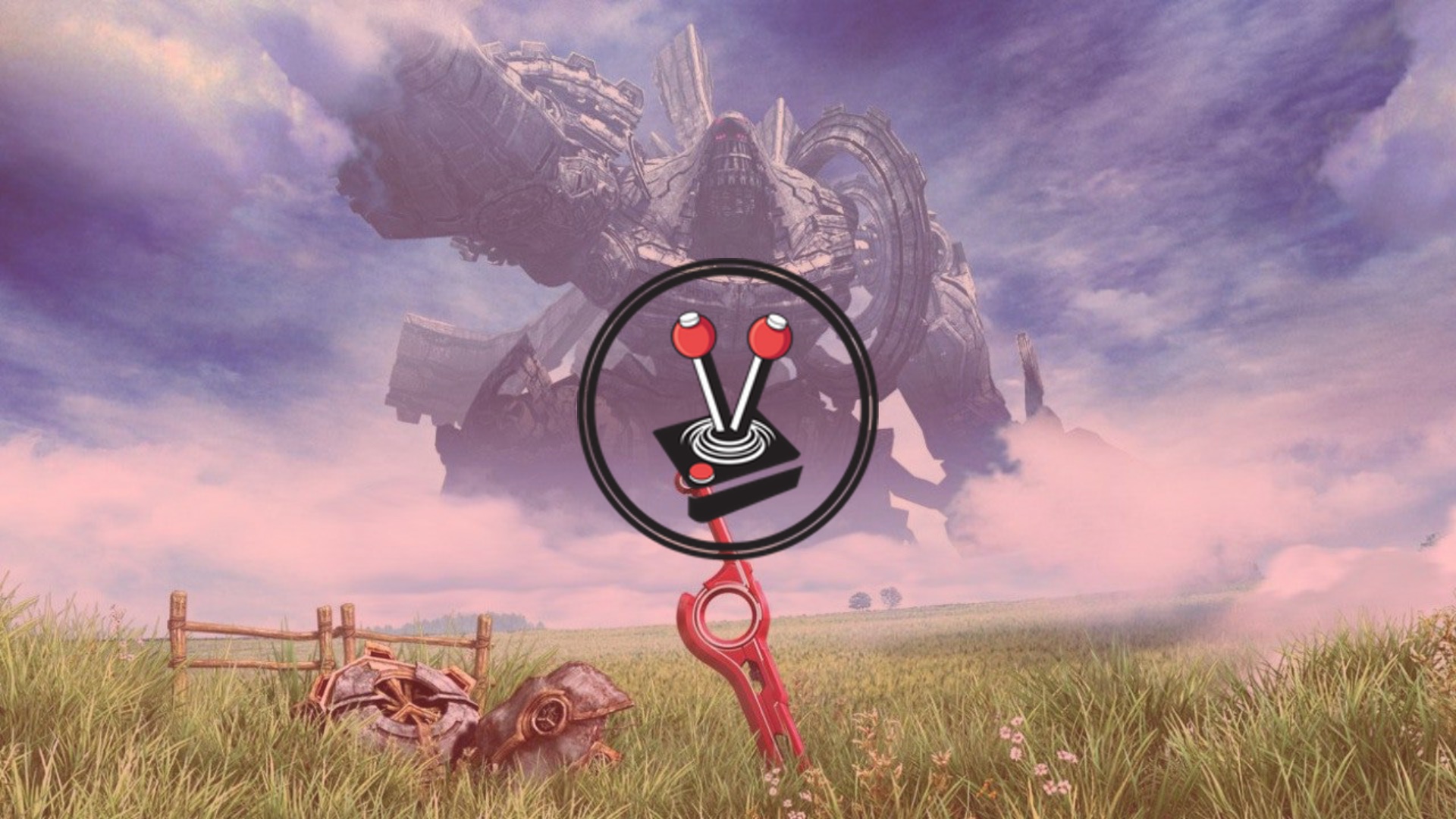
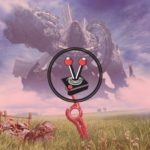






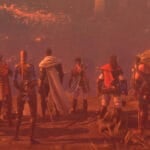

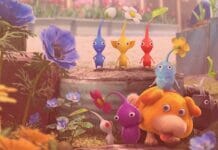
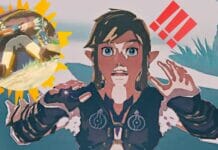
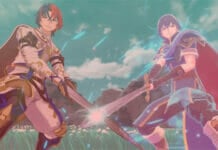
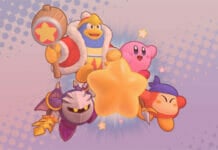
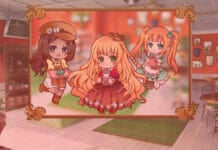
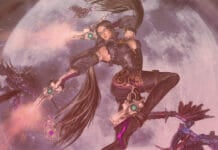
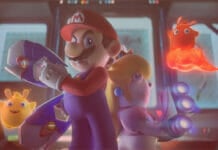


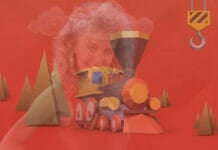
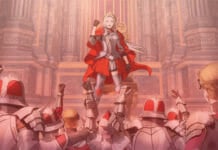
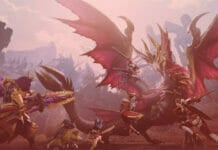
![Razer Kraken V3 Pro Review – Welcome to Boomtown [Redux]](https://vamers.com/wp-content/uploads/2022/07/Vamers-Technology-Razer-Kraken-V3-Pro-Review-Banner-218x150.jpg)




![Razer Kraken V3 Pro Review – Welcome to Boomtown [Redux]](https://vamers.com/wp-content/uploads/2022/07/Vamers-Technology-Razer-Kraken-V3-Pro-Review-Banner-100x70.jpg)